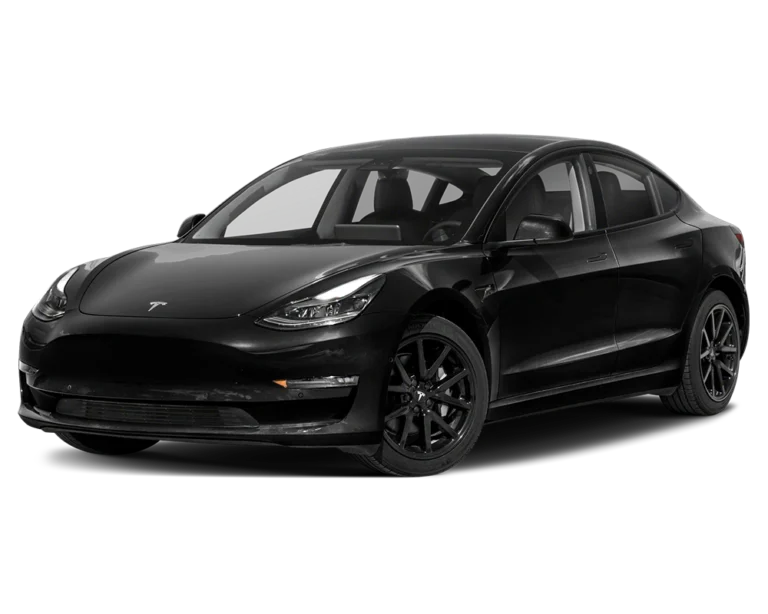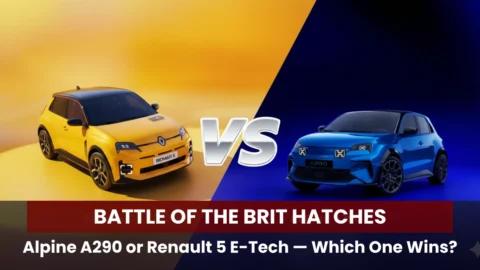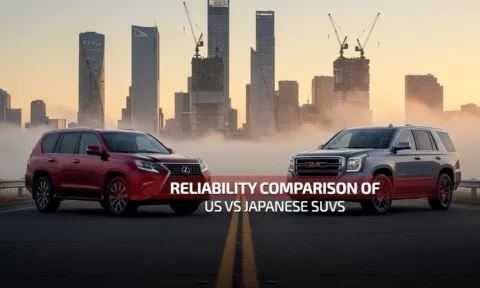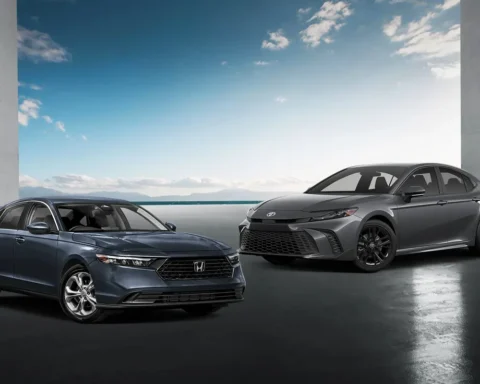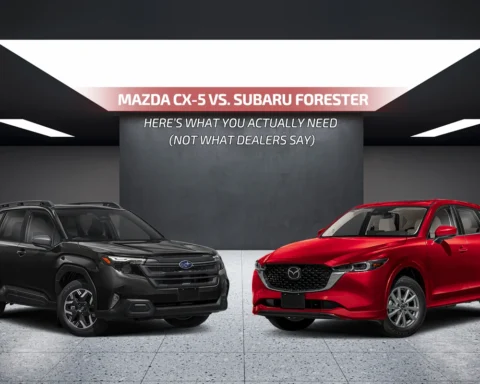2025 has seen a lot of EV releases, which begs the question: What is the best EV Sedan in the market right now?
Today, I’m very much excited to share my 2 cents on which is the best EV Sedan for 2025! On one side of the ring, we have the Hyundai brand, known for its reliability and engine quality! It’s a Honda (enough said).
On the other side of the ring, we have Tesla, having risen from the dead in 2004! From then, it has only seen an uprise in usage.
So, who do you think will sit at the top?
I’ll be sharing the details of both the EVs, and then, I’ll share my thoughts on which one deserves the spot in your garage.
Let me be clear, I’m not the biggest fan of EVs (ICE for life!), but when I sat down to do my research on both EVs, they piqued my interest.
And so, I’ll try to grab your interest with this comparison and hopefully manage to help some of you decide which EV to purchase.
Key Points Discussed in This Blog
- Design & Comfort: The Hyundai Ioniq 6 brings bold curves and aerodynamic focus, while Tesla’s Model 3 sticks to its proven minimalist layout. One’s eye-catching, the other familiar.
- Performance & Driving Experience: Both offer thrilling acceleration, but the Tesla wins on agility, while the Ioniq 6 balances comfort and control.
- Charging Infrastructure: Tesla’s Supercharger network remains unmatched globally, especially in North America and the UAE, giving it an edge.
- Tech & Infotainment: Hyundai’s interface feels more intuitive, especially for users switching from Android or iOS. Tesla leans heavily on central screen navigation.
- Ownership Experience: Tesla scores for ecosystem consistency, while Hyundai wins with traditional dealership support and a smoother post-sale experience.
- Pricing & Incentives: While prices are similar in 2025, tax breaks and regional incentives can sway the choice, particularly in Canada and the U.K.
Design & Aesthetics: Which One Turns YOUR Head?
Alright, let’s get the most subjective thing out first.
Everyone is aware that looks are subjective. I have a friend who DESPISES the design of the Pagani Utopia. THE PAGANI UTOPIA!!
Anyway, let’s talk about the Ioniq 6.
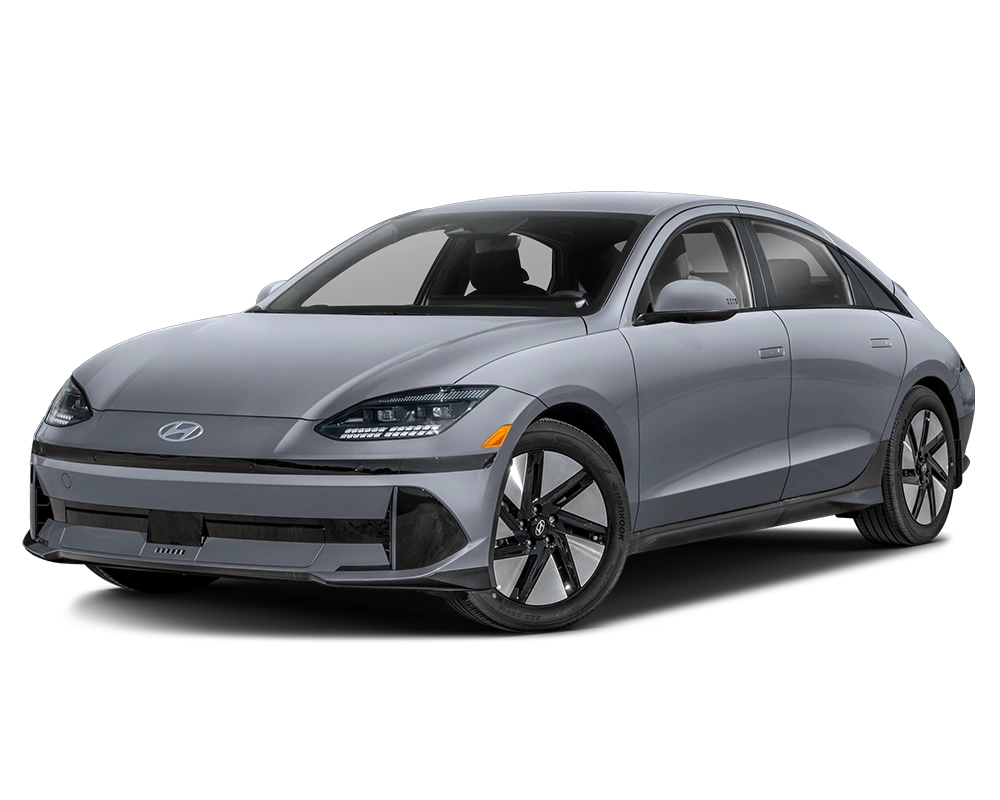
When you see the Ioniq from the front, it looks like it belongs in a wind tunnel—and that’s a compliment.
Inspired by Hyundai’s “Prophecy” concept, the car blends retro cues with modern curves. It’s aerodynamic, futuristic, and honestly, it stands out in a world of boxy crossovers.
Okay, I’ll agree, this is not the best of the designs that Hyundai has, and Hyundai has some GREAT designs!
Hyundai Elantra N?!
Anyway, I will rate it a 6 out of 10 in terms of design. Not the best, but not the worst.
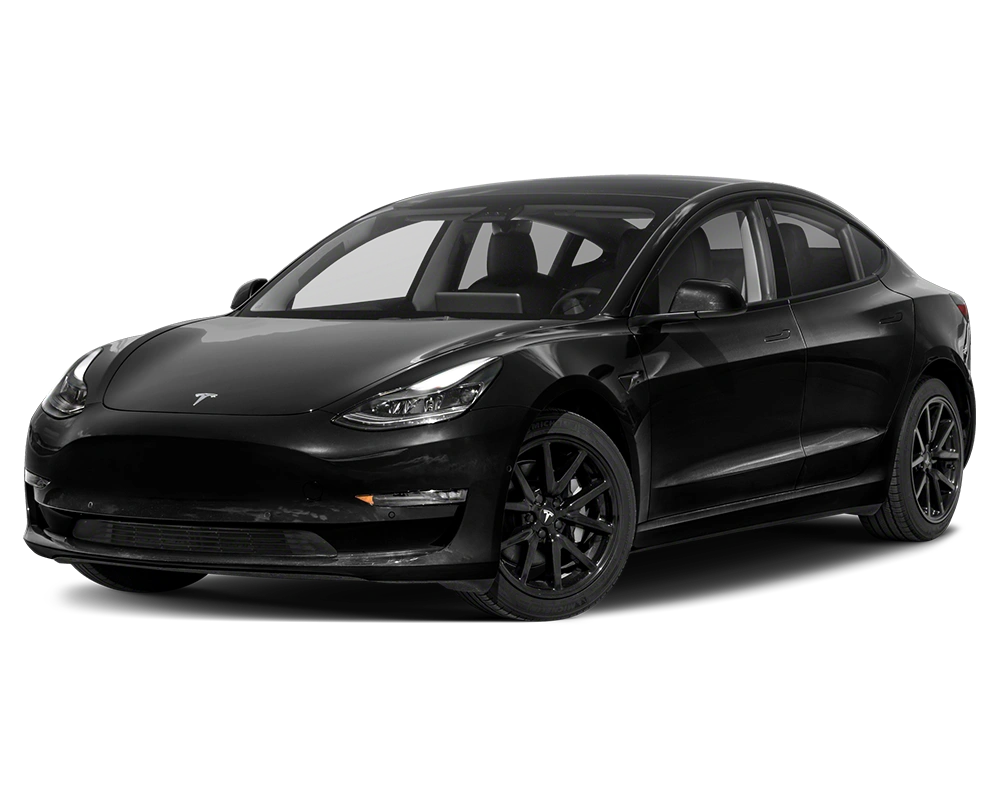
When it comes to the Model 3, I’ll say Tesla played it quite safe.
It has kept the same design language Tesla has had since 2017.
It’s clean, efficient, and has brand recognition, but let’s be real—it doesn’t feel “new” anymore.
It looks like something a child would draw if asked to imagine a car. Doesn’t mean it’s bad, just very plain.
But I’ll rate it 6.5 out of 10. Not better than the Ioniq by a long shot, but a safer option for design-conscious people.
So, the Ioniq is behind at the end of the first round. Can’t believe Tesla is ahead.
Alright, time for the second round!
Performance: Fast, Smooth, and Fun?
If speed is your priority, the Tesla Model 3 Long Range is still a nightmare to go up against.
It goes 0 to 60 MPH in 4.2 seconds!
For reference, the Mercedes AMG C63 S does 0-60 in 4 seconds flat. And that’s a 4L twin-turbo V8!
And to think the Mercedes starts at $105k and the Model 3 at $45k. I mean, in terms of pure acceleration, the value you get is off the charts.
ONLY ACCELERATION
The low center of gravity and software-controlled drive feel give it razor-sharp responsiveness.
I’ll give the Model 3 seven out of ten.
Now, let’s talk about the Ioniq.
The Ioniq 6 may not beat the Model 3 in raw speed (5.1 seconds for 0-60 in the dual motor trim), but it offers a calmer, more refined ride—especially useful in places with long commutes.
In my opinion, 1 second is not that big of a deal. I’d much rather have a linear acceleration rather than a sudden or immediate acceleration.
I like that it’s quieter, smoother, and doesn’t push you back in your seat unless you want it to. It gives me the authority to feel, and not the other way around.
Also, thanks to Hyundai’s E-GMP platform, the weight distribution feels balanced, even with the rear-wheel drive option.
I’ll give 8 out of 10 to the Ioniq 6.
Alright, seems like the lead has changed! I’m excited to see who comes out at the top!
Onto the next round!
Range & Charging: Real-World Efficiency Matters
Range anxiety is still real—even in 2025.
It’s the same for me when it comes to all my electric devices: my laptop, my phone, and my power bank!
I’m afraid they won’t last long!
If I were to get one of these, I would not want an EV that goes into that list.
The Tesla Model 3 Long Range delivers up to 341 miles (550 km), while the Ioniq 6 Long Range offers 361 miles (581 km)—according to Hyundai, though users say it’s closer to 310–320 miles.
Now, that’s not a huge difference. But range is only half of the story. In order to know which one’s better, I’ll also look at how fast the EV charges and which one has a bigger network of chargers.
And in this particular scenario, Tesla seems to have the upper hand with its Supercharger network.
If you are in North America or the UAE, you’ll never have to worry about not finding a charger on the road! But if you are from anywhere else, it might become an issue.
On the other hand, Hyundai drivers usually rely on third-party chargers, and in places where the infrastructure is weak, that can be frustrating.
Now, if I may speak strictly for the people of the USA and the UAE, I’d say Tesla has the advantage! More networks and consistent fast charging (Hyundai can technically charge a bit faster, but it needs the 350 kW, which is not as widely available as Tesla’s charger).
So, I’d give the Tesla an 8.5 in terms of changing and range. The Ioniq gets a 7 in this case.
Interior, Tech & User Experience
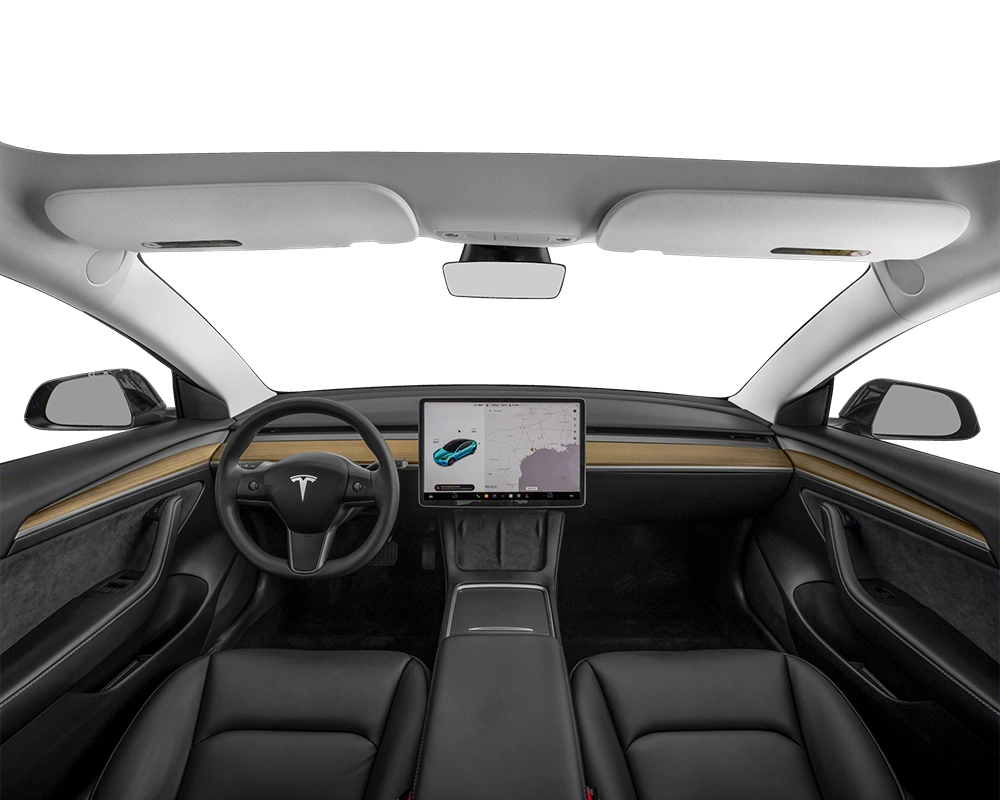
Tesla fans love the single-screen, no-button interface. It’s futuristic, sure—but not everyone wants to navigate wiper controls through a menu while driving.
I certainly don’t!
To be honest, I was mesmerized by it when I first saw it, but then I heard and read how laggy the UI was and how unresponsive the touch could be sometimes, and all of that just threw me off.
Yes, they may have solved those issues today, but I don’t like them anymore.
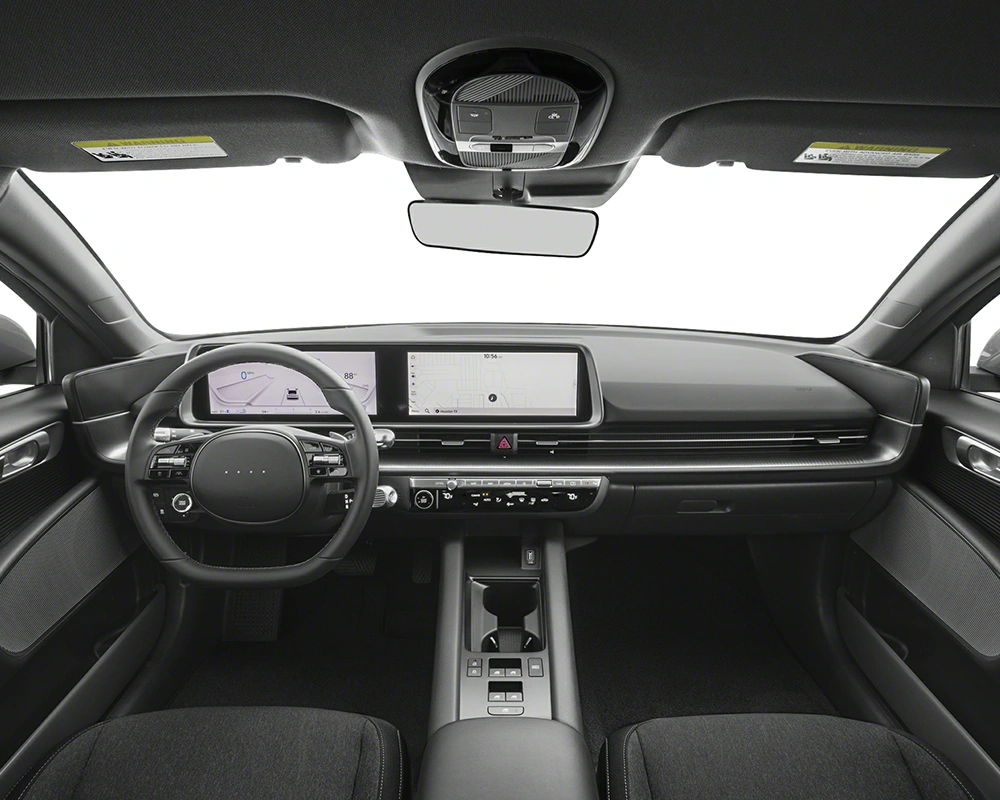
The Ioniq 6 wins here for accessibility.
It still has physical climate controls, a traditional gauge cluster, and Apple CarPlay/Android Auto support—something Tesla still doesn’t offer natively in 2025.
I LOVE physical controls. There’s just something about twisting the knobs and actually getting the response from it physically, that makes you feel closer to the car.
Also, Hyundai’s cabin feels more premium than expected at this price point. The ambient lighting, seat ventilation, and cabin layout all contribute to a more relaxed driving environment—especially during longer road trips.
I’ll give the Tesla a 7 here, and the Ioniq an 8.5.
Reliability & Maintenance: Which Is Easier to Live With?
Let’s not ignore the elephant in the room—Tesla’s service experience still feels… inconsistent.
I mean, I don’t even have to say anything about it, just go through the subs and posts about the service on the internet.
Many users on Quora and Reddit report delays in parts and repairs, especially in rural U.S. and U.K. regions.
Meanwhile, Hyundai’s traditional dealership support offers quicker fixes and clearer warranty structures.
In the UAE, where Tesla still has limited direct service centers, this becomes an even more important factor. Hyundai’s established network makes the Ioniq 6 a safer bet for peace of mind.
I feel this is where being an old player in the game helps Hyundai. They have this vast network of service centers that dwarfs Tesla in comparison.
I’ll give the Ioniq a 9 in this and the Tesla a 6.5.
Price, Incentives & Final Costs
In 2025, the starting price of both sedans hovers around $42,000–$45,000, depending on trims and local incentives. But where you live changes the game.
- U.K.: Tax exemptions on EVs may tilt in favor of the Ioniq 6 due to slightly better efficiency ratings.
- Canada: Federal and provincial EV rebates can lower your upfront cost by thousands.
- UAE: Tesla’s resale value remains high, while Hyundai is still building resale trust.
Also, Hyundai offers a longer standard warranty (5 years/60,000 miles vs. Tesla’s 4 years/50,000 miles), which can sway budget-conscious buyers.
This is a geological factor, but if I were to put my money, I’d put it with Hyundai. It’s the name, the brand.
It has been in the automotive industry for DECADES. It is one of the top automobile companies in the world; obviously, it’s doing something right.
I’ll rate the Tesla a 7 and the Ioniq an 8.5.
Conclusion: Which EV Sedan Should You Choose in 2025?
Alright, let’s see who has the higher collective points.
Tesla has a total of 42.5 out of 60.
Ioniq managed to score 47 out of 60.
And with that, Ioniq manages to win this competition!
I may be a bit partial to Hyundai, but that’s because I love the company and this is my comparison.
In the end, both are fantastic EVs, and you cannot go wrong with any of them. But I’ve shown you why the Ioniq is MY choice.


